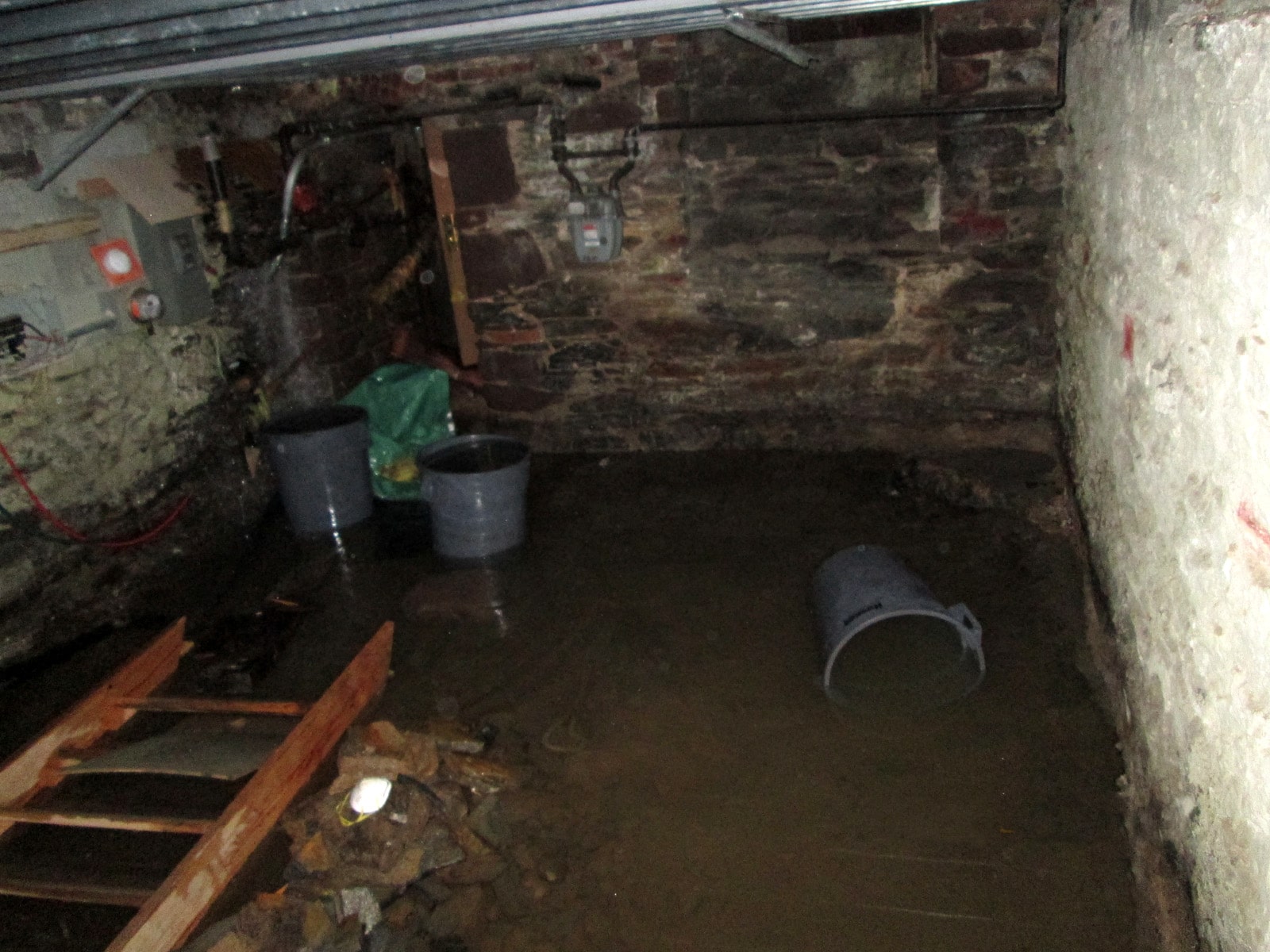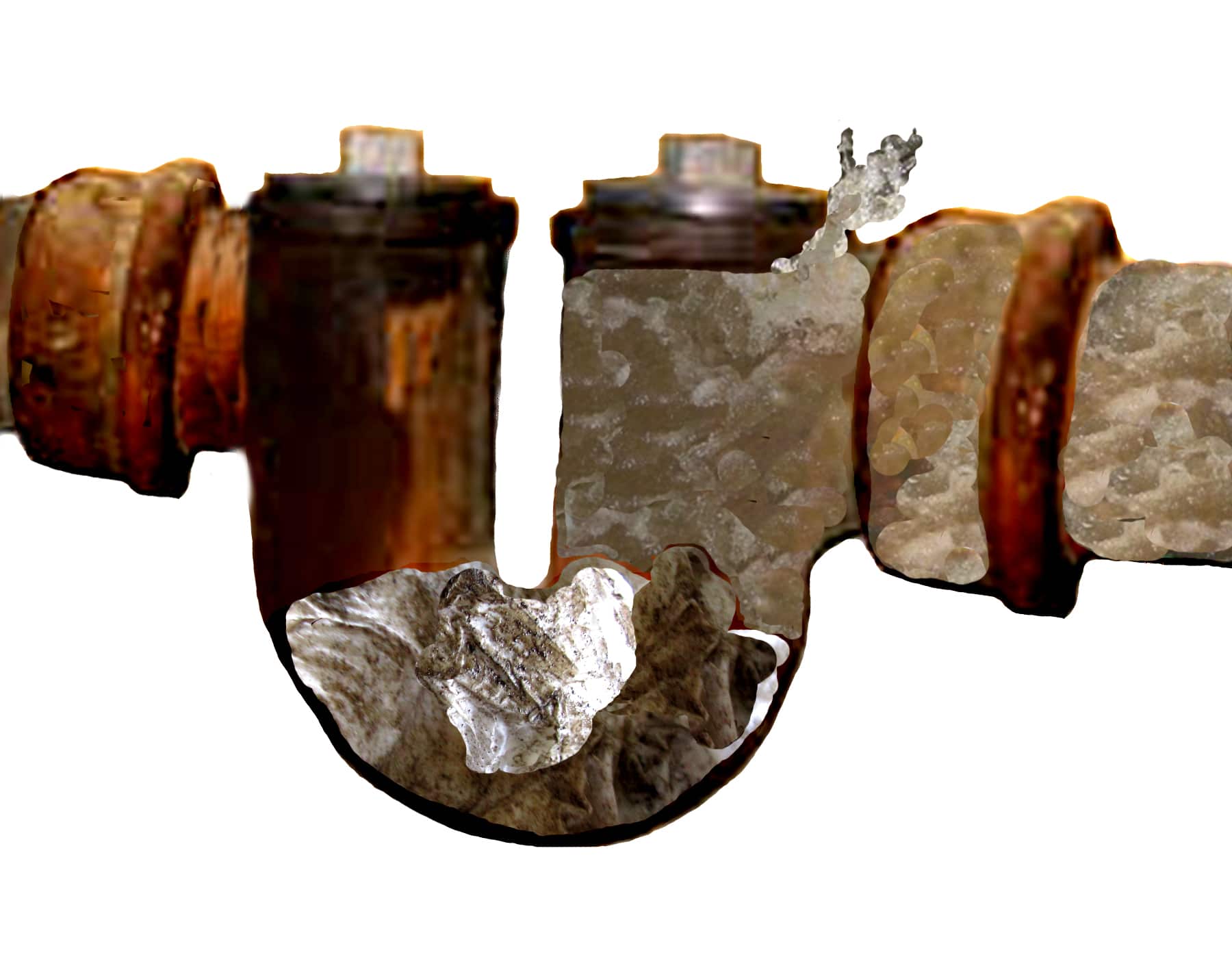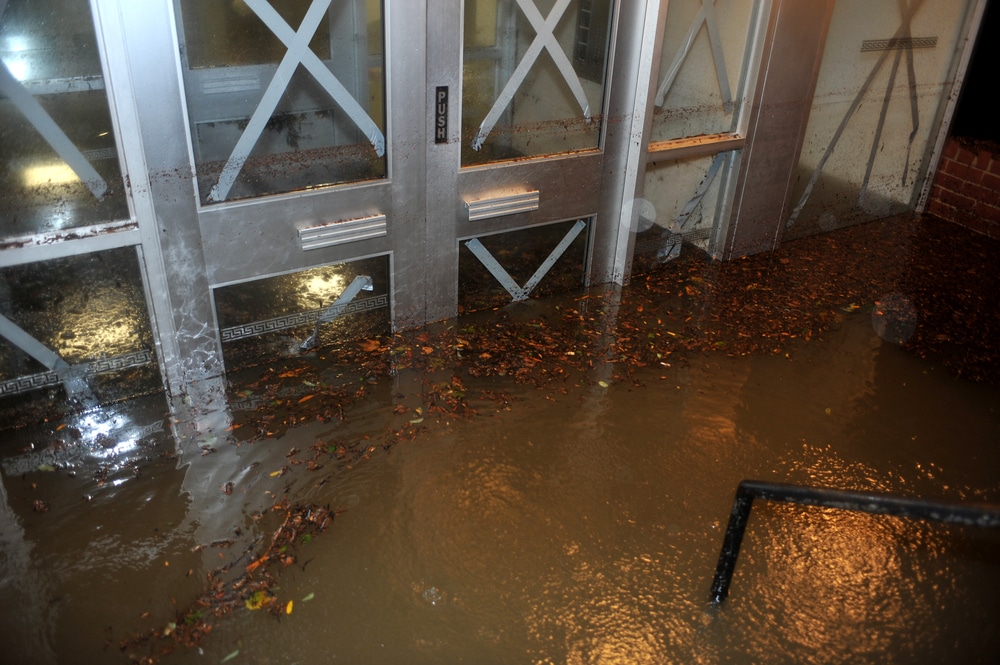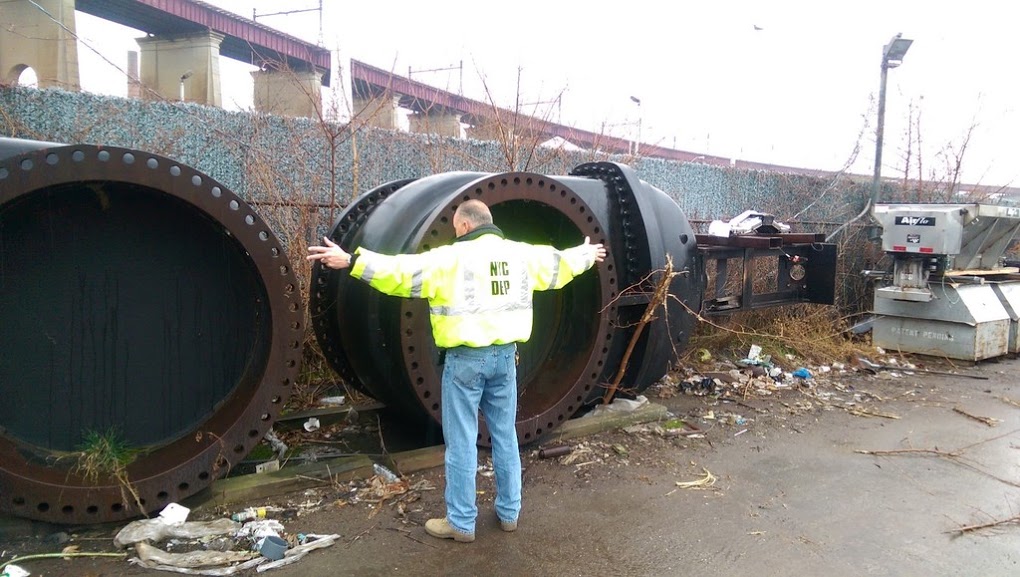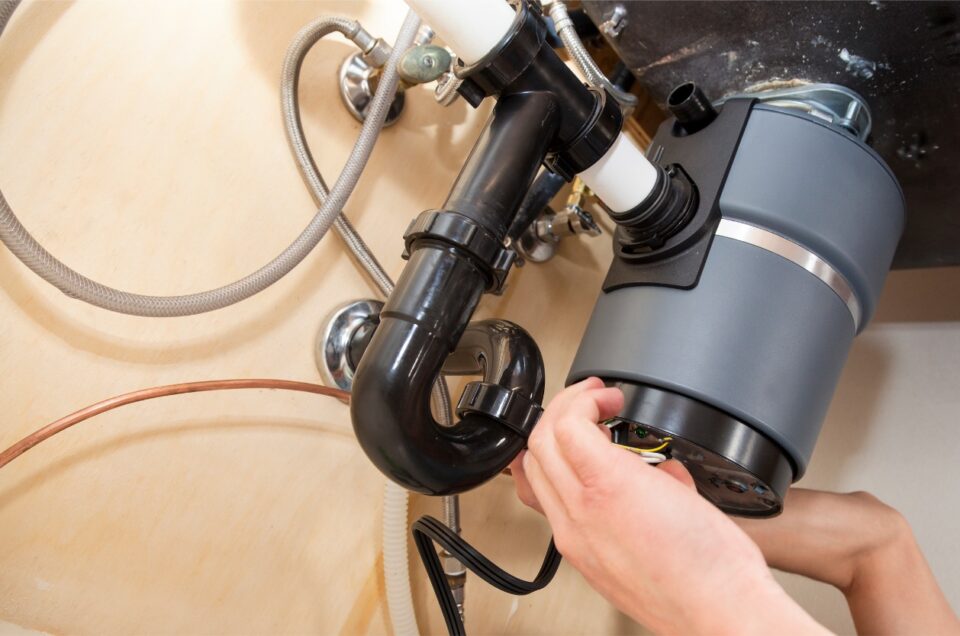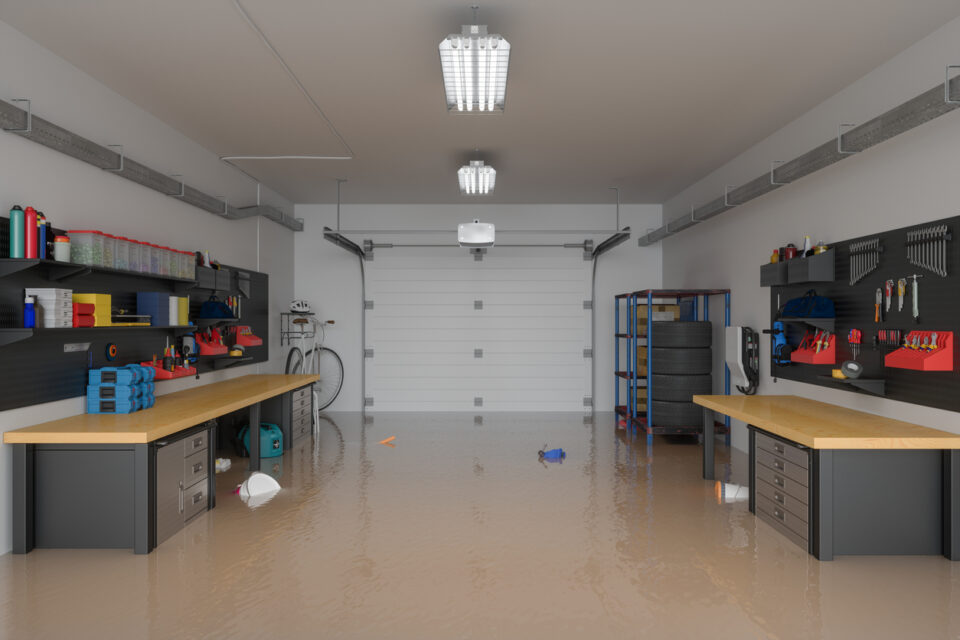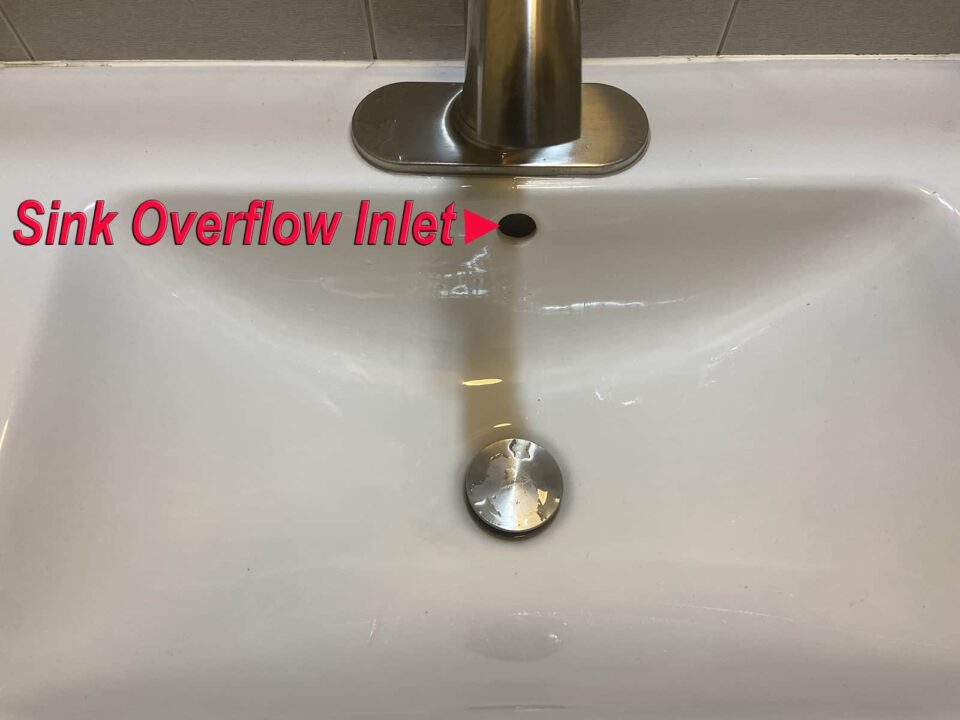A basement flooded with sewage prevents your home from being the ideal place for you to live. Your home is your and your family’s shelter. It is where you are protected from rain, heat, wind, dirt, and diseases. Nuisances can come from just about anything around the house.
However, some of the biggest problems that potentially disrupt your comfort to a great extent can be traced back to what happens inside the property instead. One of the most obvious examples, one that is also most often overlooked, is a malfunctioning plumbing installation. More specifically the main sewer line, especially if it results in a sewer flooded basement.
A simple primer on your drain line system
Think of your house’s plumbing drain system as a big tree. All branch lines are smaller drain pipes from water fixtures. These branch lines lead to one big trunk that acts as the main sewer pipe. Smaller pipes are secondary drain lines, and the biggest pipe is the primary one.
The wastewater from kitchen sinks, bathrooms, toilets, and bathtubs empties into this primary pipe. The wastewater then goes out from your property, and eventually to a city-run wastewater treatment facility.
The main drain line must be installed at the lowest point of the property to allow proper water flow. It typically goes under your basement, the subsurface area of your lawn, and the public sidewalk and roadway. Its final destination is the public sewer pipe heading towards the treatment facility.
A sewer flooded basement has many onerous end effects
In the event the main sewer line is clogged or damaged in any way, wastewater can burst out of the pipe and cause a basement flooded with sewage. Another primary source of a sewer flooded basement is from a public sewer surcharge. Although the damage is not irreparable, it always comes with some serious risks including but not limited to:
Property damage From A Basement Flooded With Sewage
Your basement walls and most things inside the room are not designed to be in prolonged exposure to water. If you use the room as a warehouse, in the sense that you store a lot of household items in it, a sewer flooded basement can cause a catastrophic impact to your property. In addition, because this is wastewater, items cannot simply be washed off. Many, if not most, items will have to be discarded.
Personal injury
The flood may not directly cause injury, but the damaged walls can disrupt the structural integrity of the building. In severe cases, cracks can occur, and wood framing an warp. Let us not forget that there are electric installations in your basement. Therefore electric shock is a real possibility. That is especially true when you try to salvage some items before the area is dry enough.
Of course, the most common injury stems from slip and falls, due to the dampness. Slips and falls can also occur when water covers obstacles and openings on and under your basement floor.
Health issues
A basement flooded with sewage due to a damaged main drain line also contaminates the entire house. Wastewater contains disease-causing bacteria. Mold is also a concern. Mold can easily grow to other higher levels of your home. It is imperative that immediate mold remediation is undertaken. Proper thorough cleaning is also necessary to remove dirt and odor from your house.
Remember that the main sewer pipe is designed to contain sewage from inside the house and send it eventually to a wastewater treatment facility. Even small damage in your pipe, an improper installation, or failure to comply with building code, can lead to disastrous consequences.
Causes of a Basement Flooded with Sewage
A broken pipe often comes as the first suspect in a basement flooded with sewage. A main drain line is designed to withstand pressure and corrosion for many decades, but it eventually wears out anyway. However, there are many other less severe causes of a blockage.
There are likewise easy fixes and cures for a basement flooded with sewage. A broken pipe often comes as the first suspect in a sewer flooded basement. A main drain line is designed to withstand pressure and corrosion for many decades, but it eventually wears out anyway. However, there are many other less severe causes of a blockage. There are likewise easy fixes and cures.
Older homes that use Orangeburg and clay sewer pipes are more susceptible to a basement flood. That is because the materials are not as durable or strong as newer types such as cast iron or PVC. However, a broken pipe is not the only scenario that leads to a basement flooded with sewage, as it can also happen because of clogging.
A house sewer trap stoppage
Perhaps the easiest fix and most common problem is a clogged house trap. A sewer house trap is specifically designed to retain objects in its belly, and not let them clog your main house sewer. However, when a sewer house trap clogs, it shuts down your entire house drain system.
The fix is to open the plug on the street side of the trap 1st (always make sure the city sewer is not backed up). Then open the house side plug. If there is a trap stoppage, the overflow will run over the trap, and out the street-side plug opening. Wearing a rubber glove, you can then reach into the belly of the trap and remove the stoppage. Sound yucky and disgusting? Then call a drain cleaning professional.
Tree roots and non-flushable materials
Non-water-soluble materials flushed down the sink or toilet tend to stick to the inner surface of the sewer pipe and accumulate over time. A particular “sewer drain killer” is so-called disposable wipes. Never flush a disposable wipe down your drain. Not only do they harm house drains, but they cause great harm to public sewer treatment plants as well.
The build-up of improper articles and objects creates a physical obstruction. This then prevents wastewater from flowing properly to a treatment facility. Some other waste materials are also not supposed to go through the sewer line at all. For example cigarette butts, and female hygiene products. Another common cause of clogging is tree root penetration.
If you have big trees in your lawn under which sewer pipe is installed, call a professional plumber to do camera inspections and perform preventive measures. Regular cleaning or water jetting may be required. There are also specialty chemical treatments, such as Root-X. All of these methods require a trained professional to administer. That is especially true if you need a pipe repair or replacement.
Heavy rain and snow melts
Heavy rain and melting snow can bring problems too. This is especially true in areas where both stormwater and sanitary wastewater are collected in the same sewer (known as a Combined Sewer System). As a matter of fact most areas in NYC still rely on such a system. In case the volume of water exceeds the maximum capacity of CSO, sewer surcharge happens.
Your main drain line, which is supposed to be the exit point of wastewater, becomes an entry point instead. In the absence of a sewer valve, your basement flooded with sewage can inevitably be the outcome. The same thing most likely happens following a flash flood caused by a severe thunderstorm. Call a sewer valve expert if your issue seems to fit this description.
Prevention
You cannot control a flash flood or sewer surcharge, but it does not mean you cannot prevent a sewer flooded basement either. There are some preventive measures you can do to minimize the risk or even eliminate the possibility at all:
Regular drain line maintenance
The best method to prevent this is by having the entire length of the drain line checked by professional plumber. Using an HD sewer camera, it is possible to see the condition of the inner surface and whether there is a clog or crack to address. If need be, the plumber may use a hydro-jet to get rid of signs of clogging due to tree roots, grease, sand, and other solid objects inside the pipe. If your line is 100%, and you still get floods, think about a sewer valve.
Securing sewer caps tightly in place
There is usually a wastewater exit point at the lowest point of the basement floor. This component is useful if you use the basement to do the laundry or store a hot water tank. Anytime you need to drain excess water from the tank or washing machine, you can easily connect a hose from the fixtures to the basement floor drain, or clean out. When not in use, make sure the cap is secured tightly in place so water does not have an entry point in the event of sewer surcharge.
Floor drains also have a P-trap underneath which sometimes is fitted with its own clean-out plug. Do not remove the plug except for periodic cleaning. The most important cap or plug to have in proper order is your house trap plugs or caps. These are typically not high-quality fittings and may need to be replaced. There are various options. Click here to learn more about clean-out plugs, and how to locate and remove them.
Cleaning off all drain line and plumbing fixture covers and gratings
Every drain (including yard drains) needs a cover or grating to prevent non-water soluble objects from entering the pipe. Hair, grease, oil, and soap scum are unfortunately too difficult to strain and they enter the drain pipe anyway. Do regular cleaning before they accumulate and block the flow of water. This is particularly true during the Fall, when a large quantity of leaves can cause havoc.
Installing a sewer valve
With a backwater valve fitted to the main drain line, wastewater can only flow in one direction from your house to the treatment facility. The valve automatically closes its opening as soon as a small volume of water flows from the other direction. Installation of a sewer valve is best left to professionals. It can be a messy process that involves excavation and relocation of fresh air inlets and house drain outlets. It must also be installed expressly following the manufacturer’s instructions.
Installing a sump pump
Installing a sump pump in a specifically constructed sump pit helps maintain the basement as a dry environment. A basement flooded with sewage is a rarity since there is a big enough pit in the crawlspace to collect water by natural migration or drains. As the pit begins to fill, an automatic sump pump removes the water and sends it far from the house foundation.
A Sewer Flooded Basement is not uncommon
Sewer flooded basements are not uncommon indeed, but it is preventable and repairable before it becomes a disaster. If this happens, do not attempt to go inside the flooded area without proper precautions. There are always risks of electric shock, free-floating items that potentially cause injury, slippery floors, and even falling objects due to the compromised structural integrity of the house. Call an experienced professional plumber to help you resolve the problem, assess the damage, do the repair, and prevent recurrent issues.
In the NYC area, Balkan Sewer And Water Main Service is one of the most experienced in the industry with more than 65 years of experience. The company provides 24/7 emergency assistance and typically has a minimum of 5 professional field service technicians on call. Balkan can be at your house in minutes and at any given time any day of the week, even on holidays.
More importantly, the Balkan Team offers 10-year unconditional guarantees on full replacements. Cement and asphalt paving work follows promptly after every installation, so you are not left with messy leftover of excavation work in your house. Contact the Balkan Team for expert advice, or a free on-site visit.

